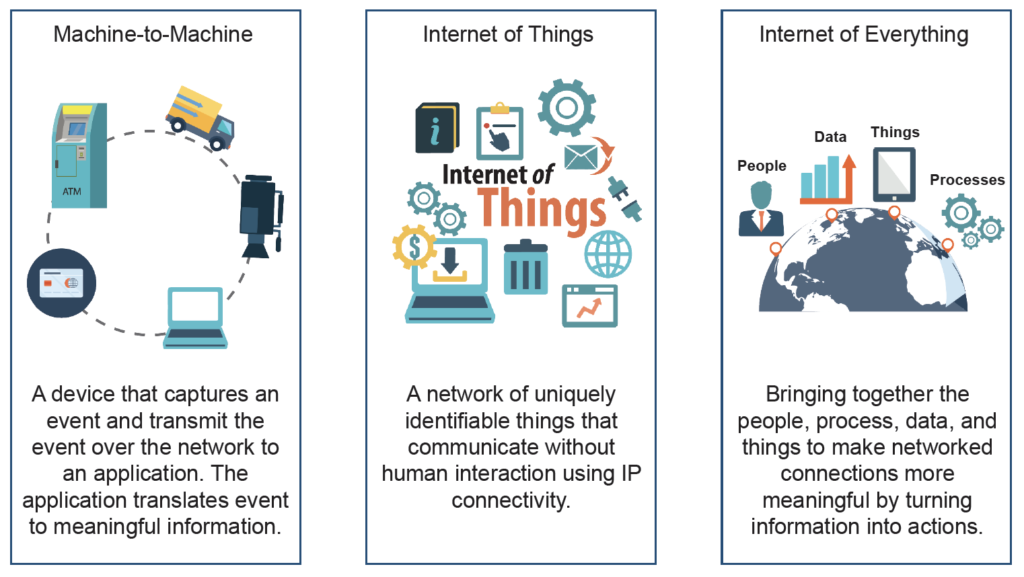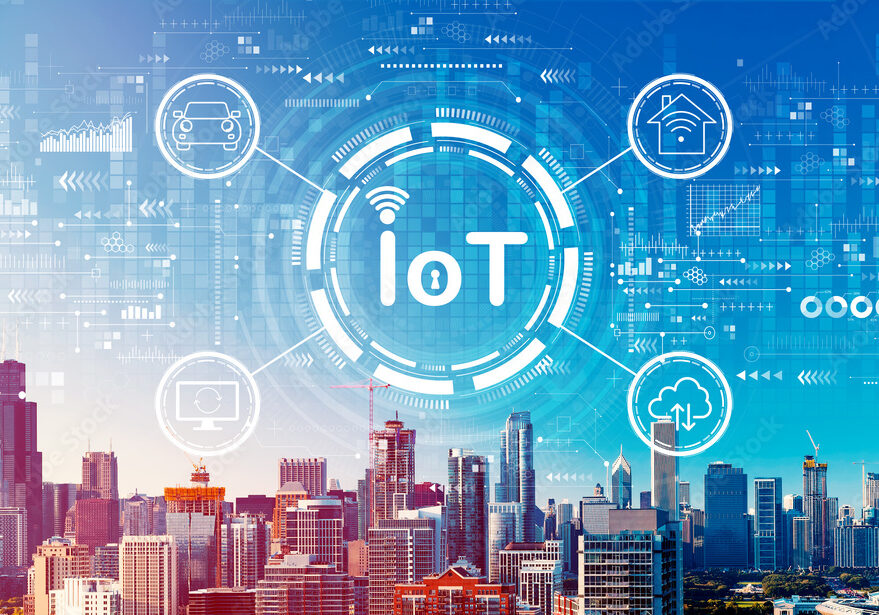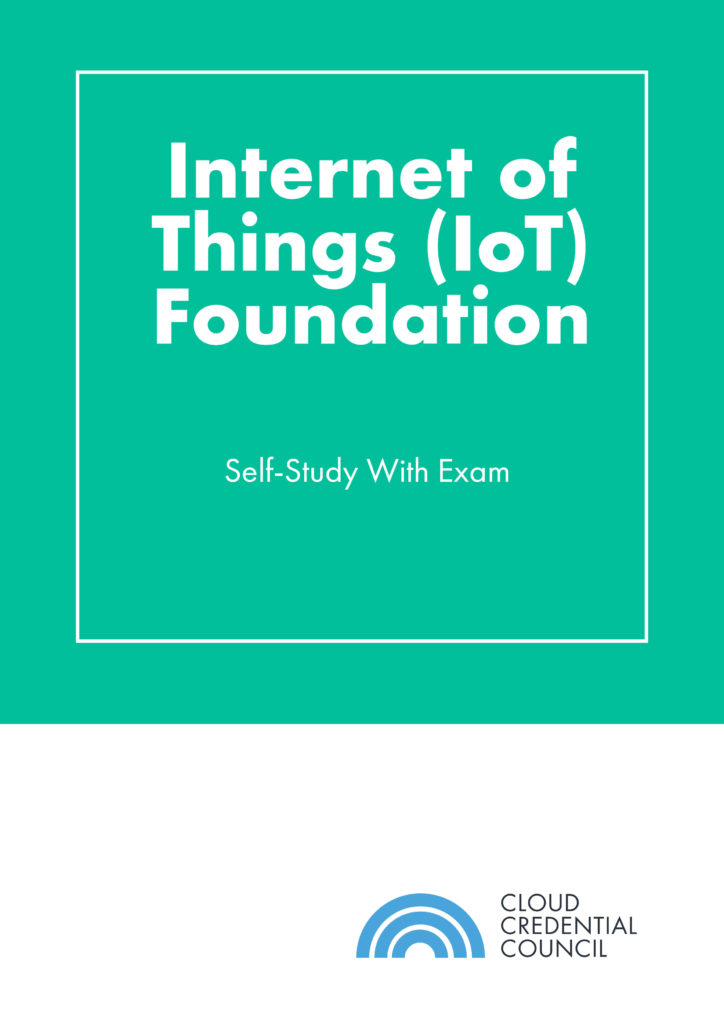Knowledge Byte: The Differences Between IoT, M2M and IoE

Cloud Credential Council (CCC)


Without wanting to oversimplifying it, IoE is considered a superset of IoT while M2M communication is a subset of IoT.
Table of Contents
Difference Between IoT and M2M
The capacity for applications throughout the business to access device data to enable performance improvements, business innovation, or other possibilities differentiates the potential of IoT vs. M2M. The cloud-based architecture makes IoT more scalable, removing the need for incremental hard-wired connections and Subscriber Identity Module (SIM) card installations. This is one reason why M2M is often referred to as “plumbing”, while IoT is seen as a universal enabler. Many M2M suppliers have started to add cloud capability through internal efforts, acquisition or partnering, but for many, this is new territory.
Selection Between M2M or IoT
Enterprise integration capabilities, scalability, software vs. hardware emphasis, and use of standard vs. proprietary device connections are key criteria that influence whether you require an IoT or M2M solution.
Difference Between IoT and IoE
As the evolution of the Internet suggests, IoE (four pillars: people, process, data, and things) is a superset enclosing IoT (one pillar: things). In addition, IoE further accentuates the capability of the Internet to improve business and industry outcomes, and ultimately make people’s lives better by adding to the progress of IoT.
Impact on Businesses and Consumers
IoE, IoT, and M2M will continue to advance in response to technology innovation, changing consumer fads, and varied marketing tactics. Businesses will have to evaluate the specifics of each situation instead of establishing conclusions based solely on the proposed labels of IoE, IoT, or M2M.
Courses to help you get
results with IoT
Internet Of Things (IoT) Foundation™ 2
The industry-recognized CCC Internet of Things Foundation ensures you are ready to add value to organizations of diverse industries and dimensions. It does so through highly interactive and thought-provoking discussions which focus on: Group exploration and debates Lab exercises which allow learners to experience IoT applications Case study scenarios for IoT End of Module questions
Never miss an interesting article
Get our latest news, tutorials, guides, tips & deals delivered to your inbox.
Keep learning




